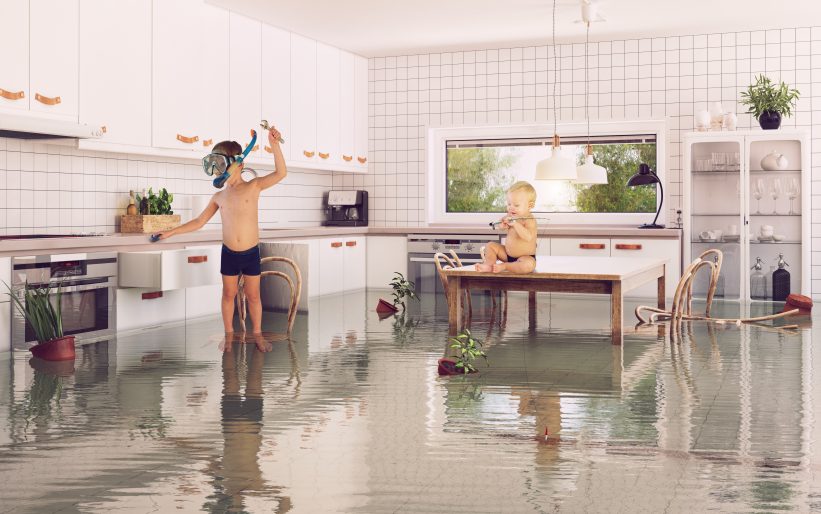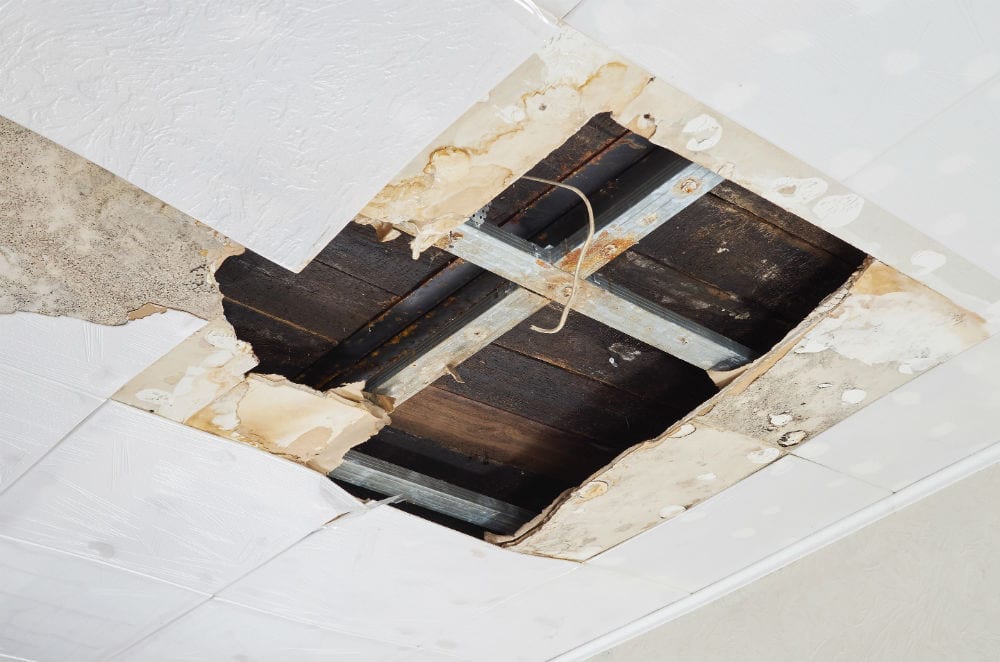6 Water Damage Reconstruction Do's as well as Don'ts.
6 Water Damage Reconstruction Do's as well as Don'ts.
Blog Article
The content listed below on the subject of 5 Home Safety Tips To Reduce The Risk Of Fire And Water Damage is highly interesting. You should see for yourself.

Water gives life, water intrusion on components where it's not meant to be can result in damage. It can peel away surfaces and also deteriorate the structure if the water soaks right into your structure. Mold and mildew and also mold also flourish in a moist setting, which can be hazardous for your health and wellness. Residences with water damages odor old and also moldy.
Water can originate from many sources such as tropical storms, floodings, burst pipelines, leaks, and sewage system concerns. In case you experience water damages, it would be good to recognize some safety precautions. Below are a couple of guidelines on just how to manage water damage.
Do Prioritize Home Insurance Coverage Coverage
Water damages from flood because of heavy winds is seasonal. Nonetheless, you can likewise experience an abrupt flooding when a damaged pipeline suddenly breaks right into your home. It would be best to have residence insurance coverage that covers both disasters such as natural tragedies, as well as emergency situations like damaged plumbing.
Don't Neglect to Switch Off Energies
In the event of a disaster, particularly if you stay in a flood-prone area, it would certainly be recommended to shut off the primary electrical circuit. This removes power to your entire residence, protecting against electric shocks when water can be found in as it is a conductor. Do not neglect to transform off the primary water line valve. Furnishings will move about and trigger damage when floodwaters are high. Having the major valve turned off protects against more damages.
Do Keep Proactive and also Heed Weather Notifies
Pay attention to emptying cautions if you live near a creek, river, or lake. Doing so minimizes potential building damages.
Don't Neglect the Roof
You can avoid rain damage if there are no holes and also leakages in your roof. This will certainly protect against water from moving down your walls and saturating your ceiling.
Do Focus On Tiny Leakages
A ruptured pipe doesn't happen over night. You may observe bubbling paint, peeling wallpaper, water touches, water discolorations, or dripping audios behind the wall surfaces. Have your plumbing repaired prior to it results in enormous damages.
Do Not Panic in Case of a Ruptured Pipe
Keeping your clearheadedness is important in a time of crisis. Panicking will just compound the trouble since it will stifle you from acting quickly. When it involves water damage, timing is key. The longer you wait, the more damage you can anticipate. Hence, if a pipeline bursts in your home, right away turned off your main water shutoff to cut off the source. Then unplug all electric outlets in the area or shut off the breaker for that part of your house. Finally, call a respectable water damages remediation professional for assistance.
Water offers life, water intrusion on parts where it's not intended to be can result in damage. Homes with water damage scent old and mildewy.
Water damages from flooding charges to heavy winds is seasonal. You might discover bubbling paint, peeling wallpaper, water streaks, water stains, or dripping audios behind the wall surfaces. When it comes to water damages, timing is crucial.
Some Do's & Don't When Dealing with a Water Damage
DO:
Make sure the water source has been eliminated. Contact a plumber if needed. Turn off circuit breakers supplying electricity to wet areas and unplug any electronics that are on wet carpet or surfaces Remove small furniture items Remove as much excess water as possible by mopping or blotting; Use WHITE towels to blot wet carpeting Wipe water from wooden furniture after removing anything on it Remove and prop up wet upholstery cushions for even drying (check for any bleeding) Pin up curtains or furniture skirts if needed Place aluminum foil, saucers or wood blocks between furniture legs and wet carpet Turn on air conditioning for maximum drying in winter and open windows in the summer Open any drawers and cabinets affected for complete drying but do not force them open Remove any valuable art objects or paintings to a safe, dry place Open any suitcases or luggage that may have been affected to dry, preferably in sunlight Hang any fur or leather goods to dry at room temperature Punch small holes in sagging ceilings to relieve trapped water (don't forget to place pans beneath!); however, if the ceiling is sagging extremely low, stay out of the room and we'll take care of it DO NOT:
Leave wet fabrics in place; dry them as soon as possible Leave books, magazines or any other colored items on wet carpets or floor Use your household vacuum to remove water Use TV's or other electronics/appliances while standing on wet carpets or floors; especially not on wet concrete floors Turn on ceiling fixtures if the ceiling is wet Turn your heat up, unless instructed otherwise

I was made aware of that article on What You Can Do At Home To Prevent Fire And Water Damage through a good friend on a different domain. So long as you appreciated our blog posting kindly make sure you remember to share it. I enjoy reading our article about Safety Tips To Prevent Fire And Water Damage.
Report this page